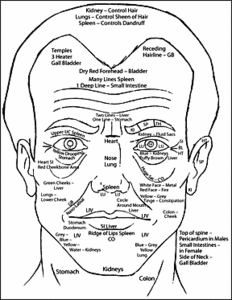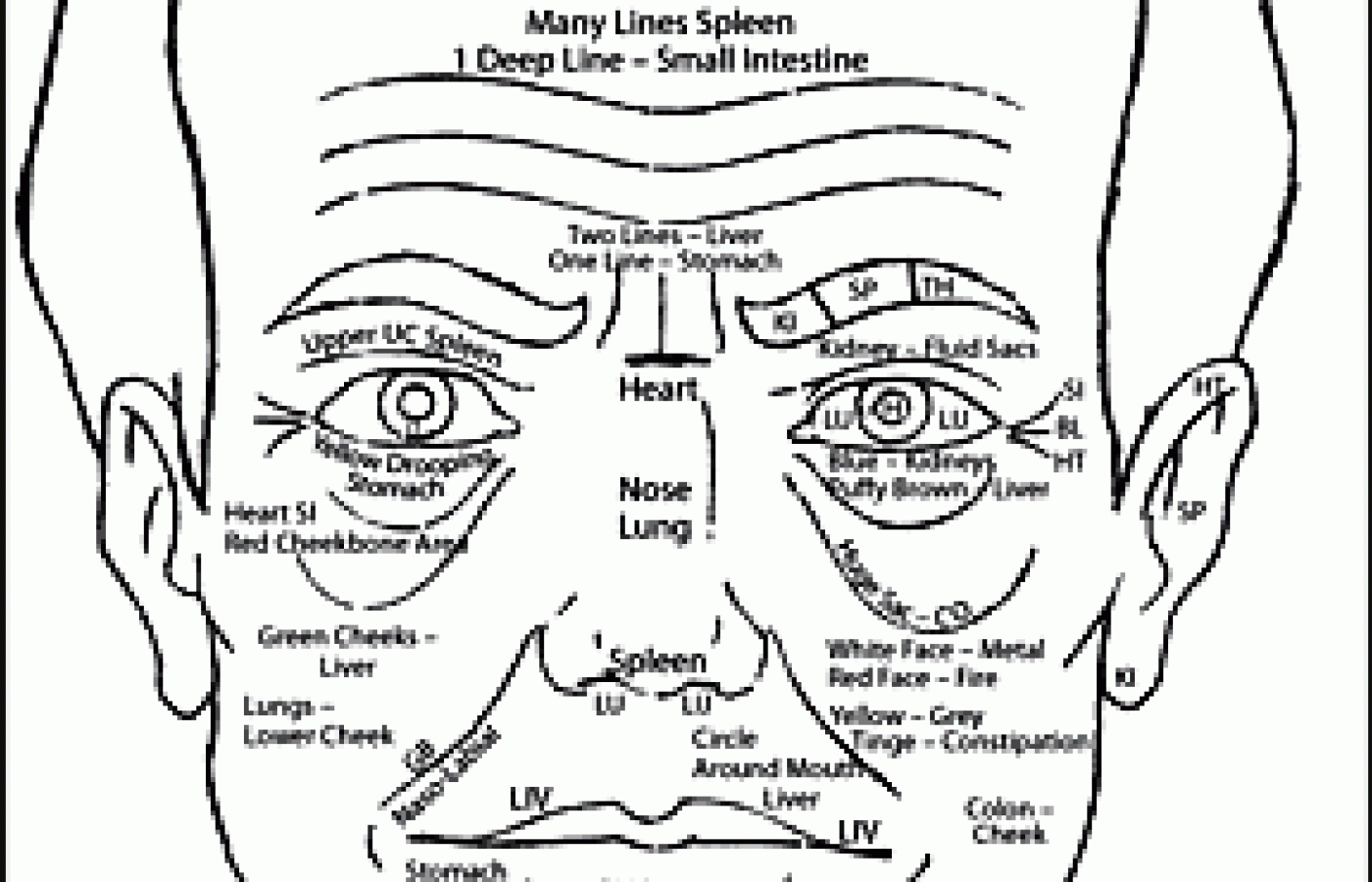Whether you accept it, avoid it or live somewhere in between, insurance coverage has become a defining issue for our profession. Patients increasingly expect to use their benefits, practitioners want to be compensated fairly for their time and expertise, and the system itself remains – at best – fragmented. The encouraging news is that coverage has expanded in meaningful ways. The challenging news is that reimbursement, across the board, remains inadequate.
Heaven-Earth-Man Facial Diagnosis
Looking at the face is as important a diagnostic tool as listening to the pulse. When observing the face, there are three aspects that are noted. First is the physical structure - the size, shape, and placement of bone and cartilage. This corresponds to "man." Second is the glitter of the eyes and overall spiritual presence. This corresponds to "heaven." Third is the status of the physiological processes going on in the individual (corresponding to "earth").
In pathology (or lack of harmony or balance) these physiological processes manifest as colors, lines and lesions on the face. This article presents a brief picture that is highly effective in clinical practice and is easy to learn. It's based on a sheet given to me while I was a student at the International College of Oriental Medicine (UK) in 1978. The heaven-earth-man paradigm is based on Shokanten lecture notes from ICOM; additional information about the Shokanten and face diagnosis is available by contacting me. The sources for all of this information are the late Dr. J.D. van Buren and ICOM.

The face has three distinct geographic locations. The upper third belongs to heaven, the lower third to man, and the middle third to earth. Each location is subdivided as well.
Heaven
Hair
- Kidneys control hair
- Lungs control sheen of hair
- Spleen controls dandruff
Temples
- Corresponds to Three Heaters (San Jiao) and Gall Bladder
- Receding hairline indicates Gall Bladder imbalance
- Dry red forehead indicates Urinary Bladder imbalance
Lower forehead and between the eyebrows
- Many horizontal lines - Spleen imbalance
- One deep horizontal line - Small Intestine imbalance
- Between eyebrows - two vertical lines indicate Liver imbalance; one vertical line (also known as "suspending needle") indicates Stomach imbalance; one horizontal line at bridge of nose indicates Heart imbalance
Earth
Eyebrows divided into three areas
- Most medial, superior to the inner canthus of the eye, corresponds to Kidney
- Outer third, medial to San Jiao 23, corresponds to San Jiao
- Middle third corresponds to Spleen
Eyelids
- Upper lid corresponds to Spleen
- Large fluid sacs in this area indicates Kidney problem
Eye
- Pupil - Heart
- Iris - Liver
- Sclera - Lungs
Little lines lateral to outer canthus of eye
- Upper - Small Intestine
- Lower - Heart
- Middle - Bladder
Area below eye
- Yellow and drooping -Stomach
- Red cheekbone area - Heart and Small Intestine
- Blue - Kidneys
- Puffy brown - Liver
- Huge sac - Large Intestine
Ears correspond to kidneys
- Upper part of helix - Heart
- Lower part (lobe) - Kidneys
- Middle - Spleen
Nose corresponds to lungs
- Tip of nose - Spleen
- Nostrils - Lungs
- Nasolabial fold - Gall Bladder
Cheek
- Green color/tinge - Liver
- White face - Metal
- Red face - Fire
- Yellow-grey - constipation
- See above for red cheekbone area
- Left cheek - Lungs
- Right cheek - Large Intestine (colon)
Man
Medial to the angle of the jaw - see above
Mouth - in general, controlled by Spleen
- Circle around mouth - Liver
- Corner of the mouth - Stomach, Duodenum
- Edge of lips - Spleen
- Upper lip - Liver
- Lower lip - Large Intestine
Directly below mouth
- On the midline - Large Intestine
- Slightly lateral both sides - Liver
Chin
- Corresponds to Kidneys
- Patient's left side - Blue-grey-yellow tinge - Lungs
- Patient's right side - same colors - Kidneys
Neck area directly below the mandible
- Patient's left side - Large Intestine
- Patient's right side - Stomach
Neck area, lateral and posterior
- Just below the occiput in men - Pericardium/Heart-Constrictor/Circulation-Sex
- Just below the occiput in women - Small Intestine
- Side of neck - Gall Bladder
Special thanks to Pauline van Buren, principal of ICOM, for her review of this article.



